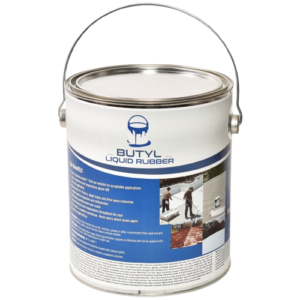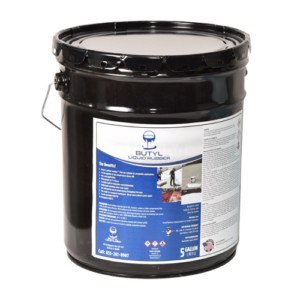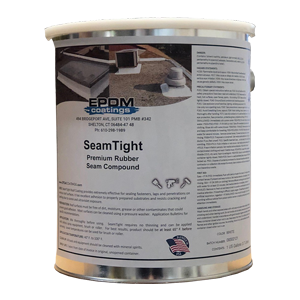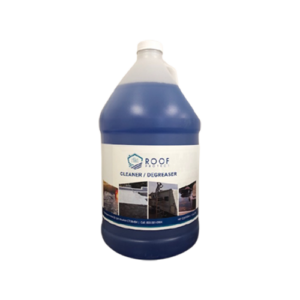When it comes to rubber roofing, there are few that can compare to EPDM membranes, except, of course, the liquid rubber form. This roof coating provides all the properties you expect from the traditional roofing membrane, yet is in a liquid form that provides numerous benefits. If you are looking for a roofing option that will protect against leaks and withstand any kind of weather you can throw at it, EPDM liquid roof repair is the best option. However, it is important that you understand a few things about the application process to ensure the superior results you are looking for.
Understanding the High Solids EPDM Rubber
EPDM liquid rubber uses a cure mechanism that converts it from the liquid form at application to a solid elastomer. It is designed to withstand both cryogenic temperatures and extreme steam heat, all without breaking down. Liquid rubber EPDM requires only a single coat, making it a cost effective, timesaving solution over other liquid roof coatings.
Primer
In most cases, the liquid rubber application does not require a primer, which further lowers costs and time. The following are some of the substrates that do not need to be primed prior to application:
- EPDM Membrane
- Weathered Fiberglass and Steel Siding
- Weathered Corrugated Metal and Standing Seam Roofs
- Weathered Polycarbonate Plastic, Vinyl, and PVC
- Foam Pipe Insulation
- Cast Concrete
While this product can be applied as an airless spray in some situations, when working with flat roofs, it requires a roller and a squeegee to get the job done.
A Note on Mixing
When mixing the catalyst into the liquid, you need to ensure that you follow all mixing directions exactly to ensure the best cure after the liquid rubber application. Trying to cut down the mixing time will not make the process any faster, and will only result in a subpar application.
Rubber Membrane Application
Liquid rubber EPDM coating can be applied over the EPDM membrane with only a thorough cleaning in most cases. However, if the membrane is older, it is very large, or cleaning is not quite practical, a liquid rubber surface conditioner is recommended to ensure proper adhesion.
You may also like to view our products:
Liquid Butyl Rubber- 1 Gallon (Black/White)






